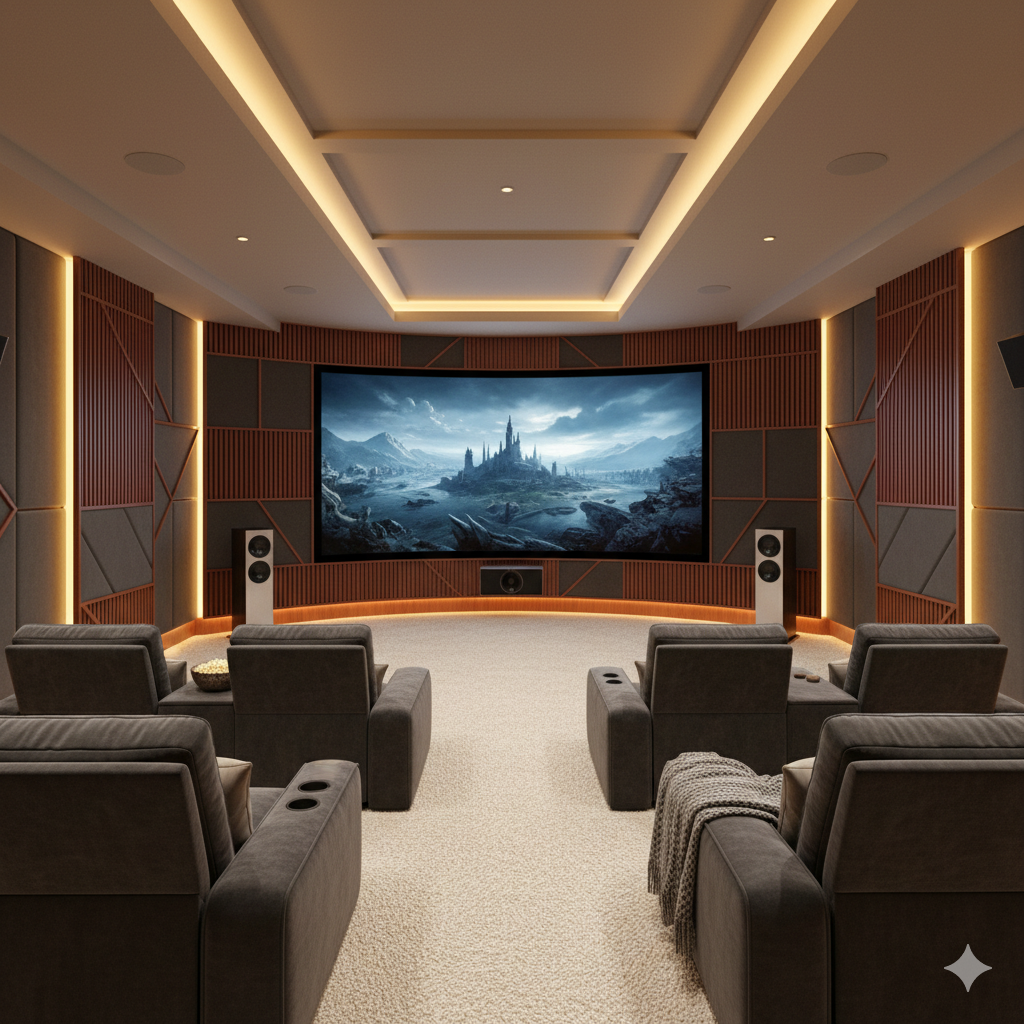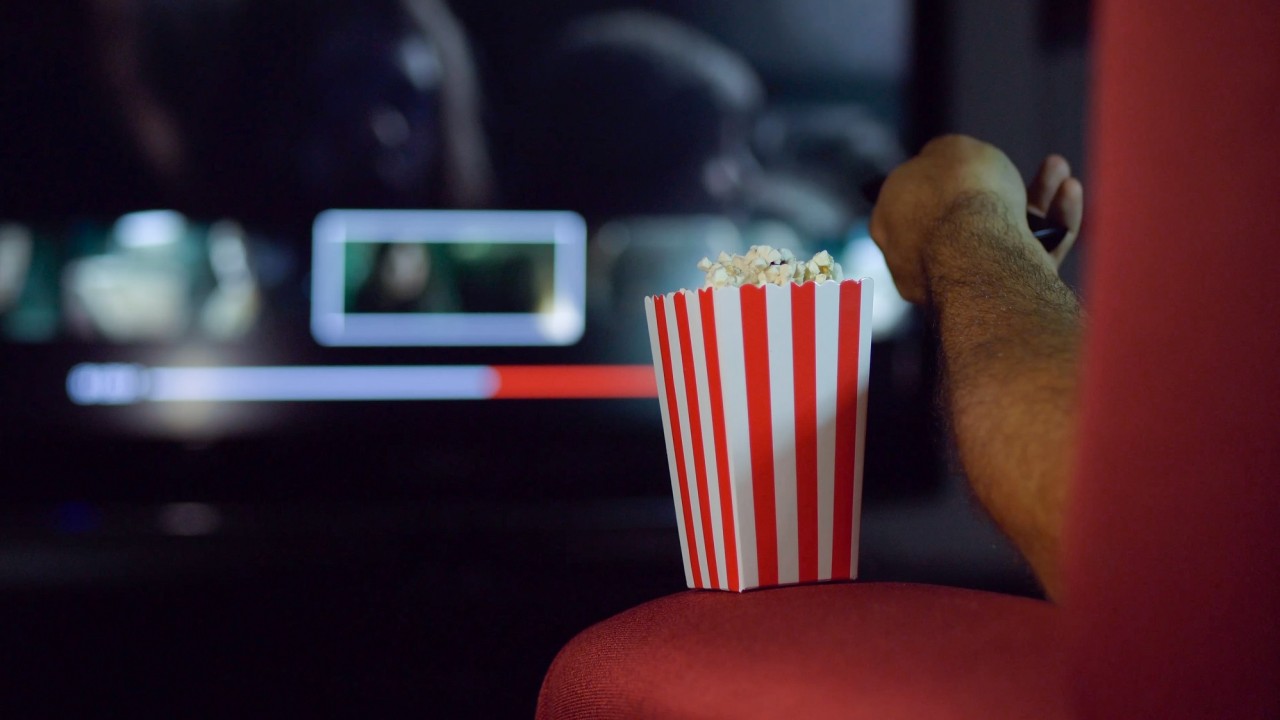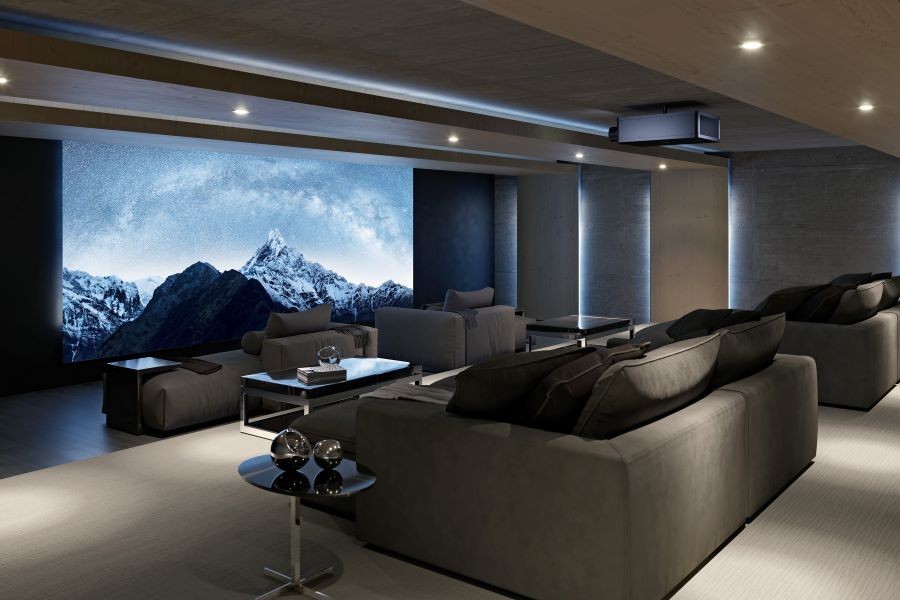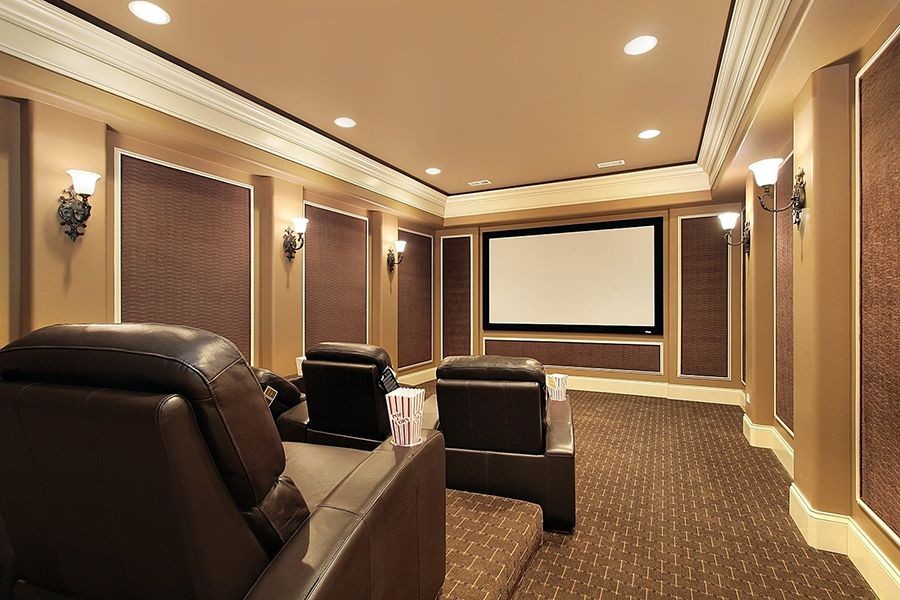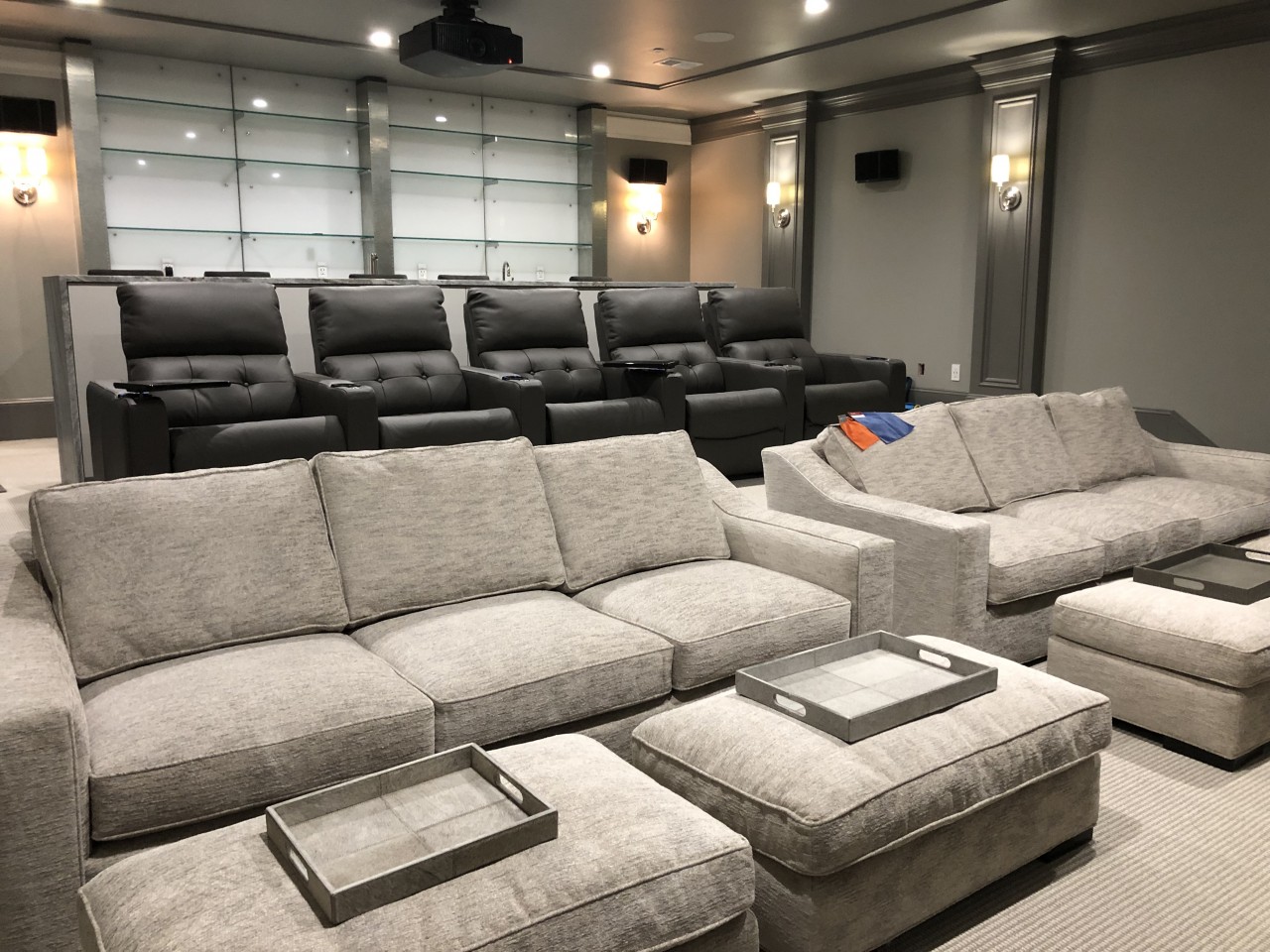Every home theater has unique potential that can be unlocked through a custom approach. Tailored systems designed for specific spaces, lifestyles, and technology preferences elevate the entertainment experience beyond standard setups. Custom solutions combine thoughtful design, precise calibration, and seamless smart integration to create a theater that truly reflects the homeowner’s vision.
Atlanta Audio and Automation brings over 30 years of experience crafting home theaters that deliver exceptional sound, picture, and convenience. Each project emphasizes expert installation, attention to detail, and technology integration that enhances usability and performance. This guide explores the elements that make a home theater genuinely custom and highlights how smart integration transforms everyday entertainment into a cinematic experience.
Understanding Custom Home Theater Systems
The Three Pillars of Truly Custom Theater Systems
Custom home theater systems are defined by three core elements: room-specific design, lifestyle-driven configuration, and smart home integration.
Room-Specific Design
Every room has unique acoustic and visual characteristics. Acoustic analysis and professional calibration ensure optimal speaker placement and balanced sound distribution. Lighting and shades are integrated with the system to create a comfortable and immersive environment.
Screen size, projector type, and seating layout are matched to room dimensions and architecture, providing an experience that engages every viewer. The approach focuses on creating a seamless experience that enhances enjoyment and accessibility.
Deprecated: Creation of dynamic property EasyBlogSocialButtonExternal::$post is deprecated in /home/mrpoatlantaaudio/public_html/administrator/components/com_easyblog/includes/socialbuttons/adapters/external.php on line 42


